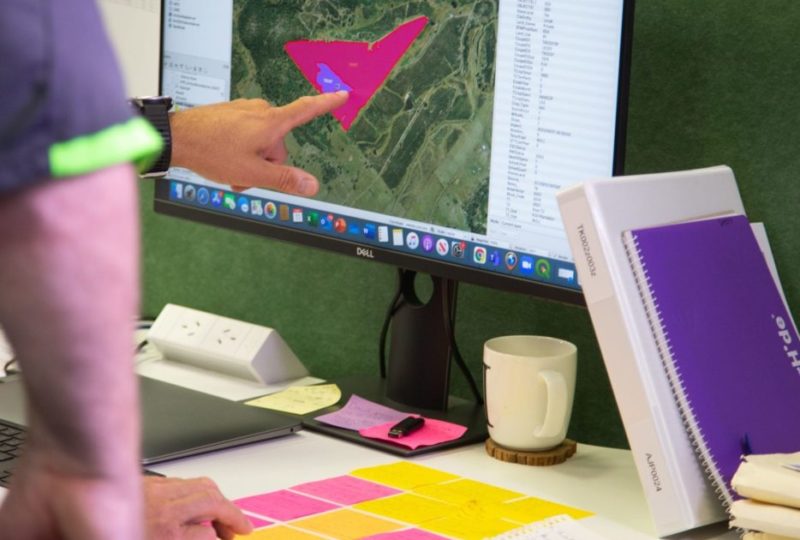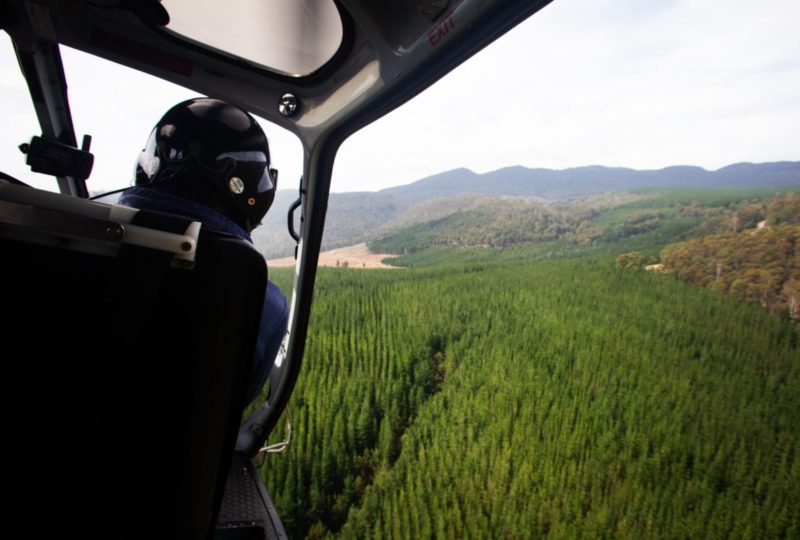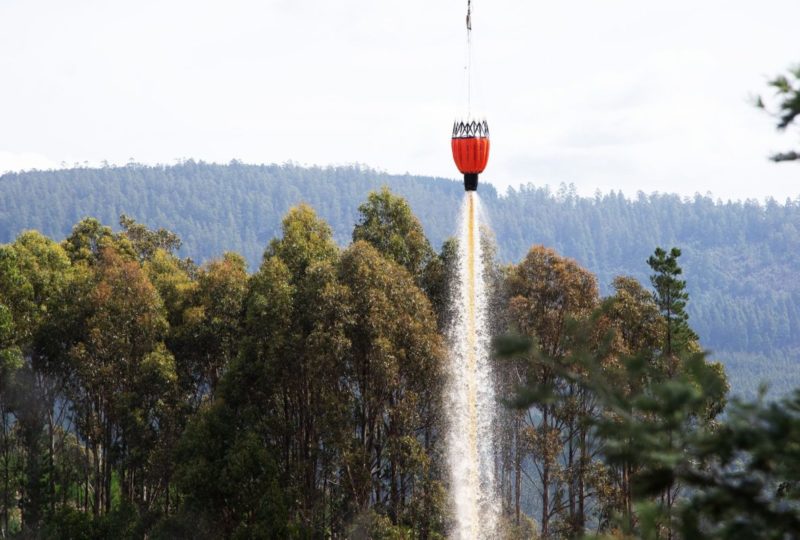Topic: Solutions
Trial of early forest fire detection a success
A new camera-based fire detection system has been trialled in Tasmania for the first time.
The Firehawk system provides real-time fire detection allowing for a rapid aerial-based response to potentially threatening bushfire ignitions and has been used successfully this fire season on Lenah Estate (formally Norske Skog), an 18,000 Hectare softwood plantation, located in Tasmania’s Derwent Valley.
The technology delivers infrared heat detection across 360-degree views for a 30-kilometre radius from each fire tower located on Lenah Estate.
Every two minutes the camera system compares a new image with the previous image. If a change is detected, such as visible smoke, Firehawk will alert the person who is monitoring the system who will then initiate an immediate response.
Early detection allows for an early response, meaning we have the best chance to keep fires small before they become big and possibly out of control. We can detect a minimal amount of smoke and respond early with both helicopter and ground-based firefighting resources.
The new technology provides a way to see through smoke and locate fires, taking away the risk of manned towers and minimising error.
This is a really effective way to look for new ignitions, especially if conditions are similar to 2019 where there was a lot of smoke in the atmosphere and limited visibility.
Using ground-based sensor technology is a massive improvement from the older methods of having people based in fire lookout towers.
As the fire season lengthens due to climate change, we need to improve and adapt and the Firehawk is a fantastic example of using new technologies to improve fire suppression capacity.”
Fire detection information can then be shared with the Tasmanian Fire Service, Sustainable Timber Tasmania (STT) and Tasmanian Parks and Wildlife Services.
Tasmania’s forest managers are investing in smart technology for the future to trial innovative fire detection and suppression technology.
Firehawk technology could provide Tasmania with more cost-effective and efficient fire detection and mitigation methodology.




